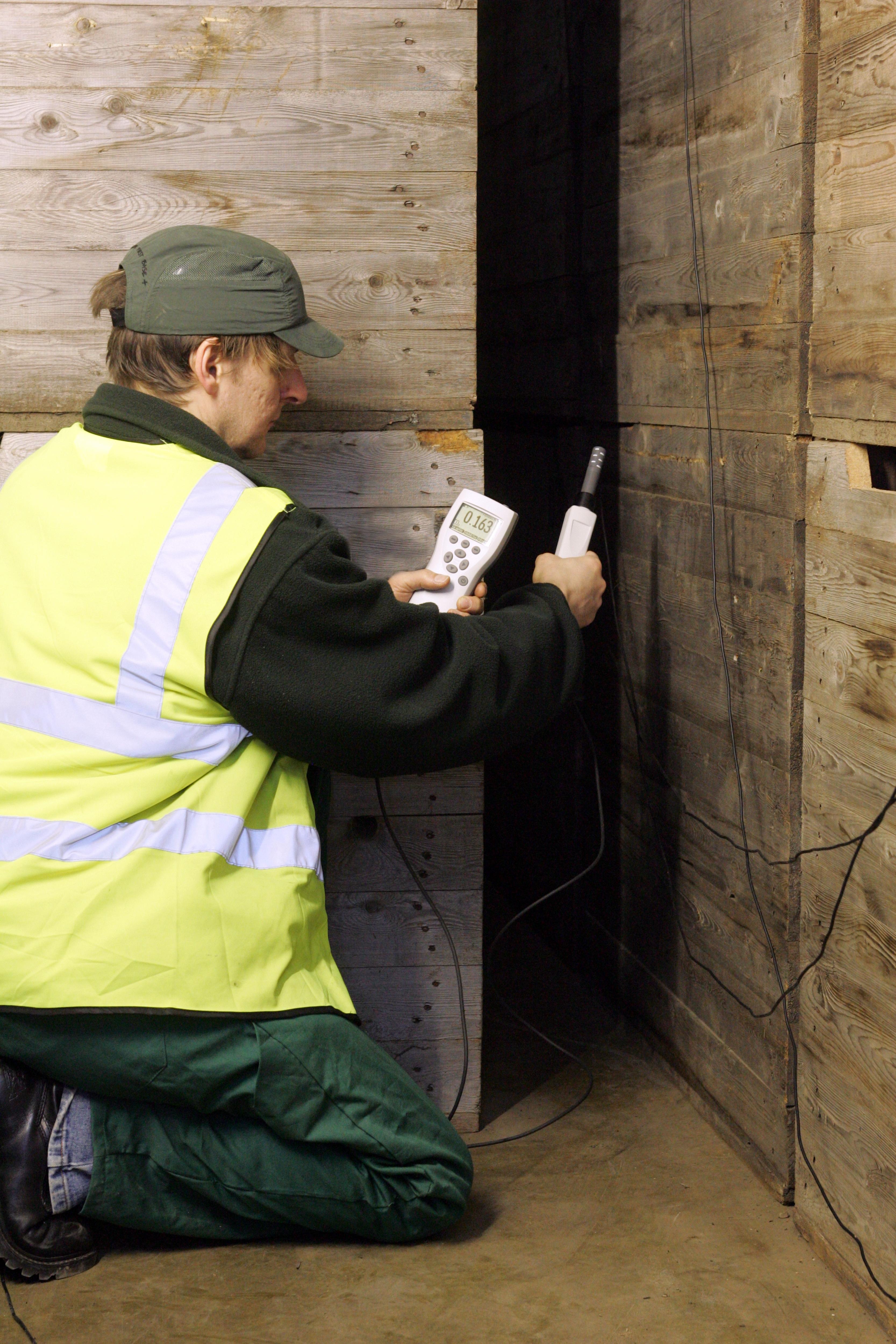- An annual inspection of buildings and hardware is an important step in store preparation. It can be carried out at the same time as store cleaning a few weeks before loading; don’t leave it until the last minute. Look for signs of fabric damage and take action to seal any gaps and repair any defective equipment.
- Loading the store should be an activity that is planned well in advance of harvest. It is important to match crops, in terms of their quality, likely storage periods and market expectations to the storage available, so management is effective and returns are maximised.
- Crops should be harvested as free as possible from damage, soil, stones and haulm. Within an hour or two of entering store, the crop should be ventilated to remove surface moisture from tubers and from any remaining soil.
- Try to load stores within a week and absolute maximum of 14 days. This ensures potatoes can be brought under optimal control and reduces the need to compromise on store management and, ultimately, crop quality.
- Field sampling will identify rots, blemish disease, or slug damage, while warm storage (>20°C) of samples before harvest can identify potential rotting prior to loading.
- As at harvest, mechanical damage when loading should be kept to an absolute minimum. Rots and blemish diseases invade through wounds and broken skin, while bruising causes rejection from premium markets.
- The stacking arrangement is crucial to achieving uniform air distribution and crop temperatures in box stores.
Store cleaning guidelines
